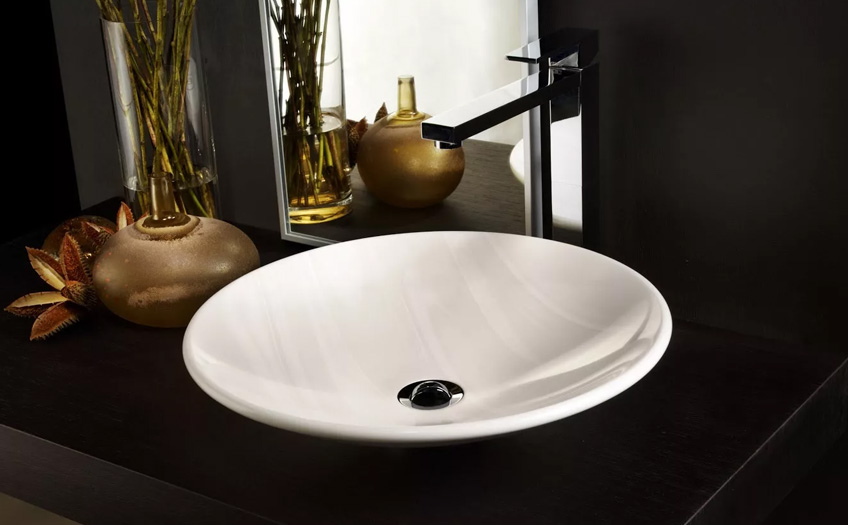
When it comes to material selection for Brass Basin Faucets, the specific copper alloy composition plays a vital role in significantly enhancing the faucet's durability and resistance to corrosion. Below are some common copper alloy components that are widely used to ensure the superior performance of faucets.
First of all, pure copper, as the basic material of Brass Basin Faucets, gives the faucet good ductility and processability. Pure copper itself has certain corrosion resistance, but in order to meet higher-level performance requirements, it usually needs to be mixed with other alloying elements.
Brass is an alloy of copper and zinc that is very common in faucet manufacturing. The addition of zinc not only increases the strength and hardness of the alloy, but also enhances its wear resistance, making the faucet more durable. At the same time, brass alloy also shows good corrosion resistance and can resist common corrosion factors, ensuring the stability and reliability of the faucet for long-term use.
In addition to brass, the addition of tin is also an effective means to improve the corrosion resistance of copper alloys. Tin can form a dense oxide film with copper, effectively preventing the intrusion of external corrosive media. This alloy performs well in marine environments or high humidity conditions, resisting salt spray and moisture, maintaining the faucet's shine and performance.
At one time in the past, lead was added to copper alloys to improve their processability and mechanical properties. However, with people's increasing concerns about health, the use of lead has been gradually abandoned or strictly restricted in modern faucet manufacturing. Modern alloy formulations successfully maintain the performance advantages of faucets while eliminating the potential risks of lead by substituting other alloying elements.
In addition, the addition of elements such as nickel and aluminum also contributes to the performance improvement of copper alloys. The addition of nickel can further enhance the strength and toughness of the alloy and improve the pressure resistance of the faucet. Aluminum can form an alloy with copper to form a protective oxide film to improve the corrosion resistance of the faucet.
It is important to note that different copper alloy compositions and proportions have a significant impact on the performance of the faucet. When manufacturers select materials, they will take into account the product's use environment, expected life, performance requirements, and user safety needs. They conduct rigorous material selection and testing in accordance with industry standards and regulations to ensure that the faucets they manufacture have excellent durability and corrosion resistance.
Overall, the specific copper alloy composition played a crucial role in the material selection for Brass Basin Faucets. By properly selecting and optimizing alloy formulas, manufacturers can create durable, corrosion-resistant, safe and reliable faucets, providing users with a long-lasting and reliable experience. This professional material selection and technical application has enabled Brass Basin Faucets to win widespread recognition and trust in the market.